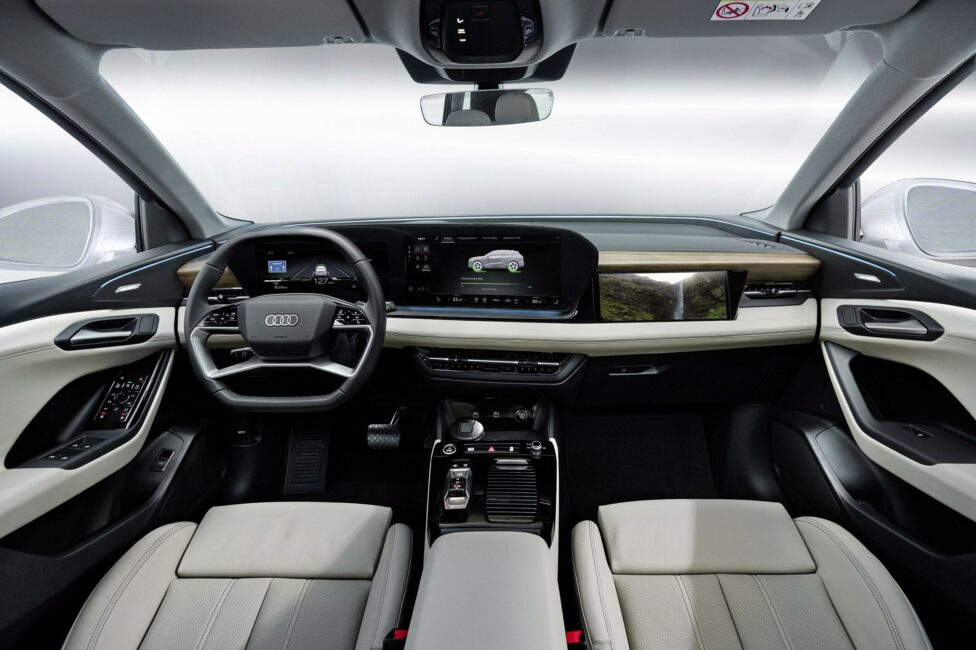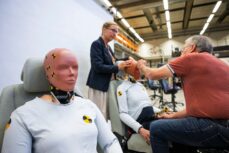What will the car interiors of tomorrow look like?

Screens galore
For greater comfort, automakers are now increasing the number of screens, in both the front and the rear of their car interiors, both to assist the driver and entertain passengers. Audi has equipped its Q6 e-tron with three screens on the dashboard, each of a different size and displaying different functionalities. Mercedes-Benz, meanwhile, showed off its expertise with the MBUX Superscreen in its all-electric CLA Concept. While all manufacturers now offer more or less substantial screens as control and entertainment centers for their latest models, Mini stands out from the crowd with a stunning circular central screen measuring 9.5 inches in diameter in its electric Cooper.
Even more impressive is Opel’s proposal to replace screens with holograms. In its Experimental concept, driving and infotainment information is presented by means of augmented projection technology directly on the dashboard, with no need for screens.
Head-up display
In terms of driving comfort, if there’s one trend that’s now gaining serious ground, it’s head-up display systems. The idea is to project essential information such as speed, road signs and navigation onto the windshield to help the driver stay focused on the road. The driver can select the type of information to be displayed in their field of vision, by voice command or otherwise, while keeping their hands on the wheel and their eyes on the road. This technology is particularly popular with automakers, and is currently being further developed by BMW, which is planning to introduce a panoramic head-up display, with information projected across the entire width of the windshield, for the driver as well as the front passenger.
Advanced audio experiences
Carmakers are also working to make the audio experience even more enjoyable inside their vehicles. This is the case, for example, with Audi, which has been collaborating for many years with renowned audio manufacturer Bang & Olufsen, developing various 3D sound systems using up to 20 loudspeakers. This type of immersive audio system can be used, for example, to recreate a cinematic experience in the car, when passengers watch a movie. Meanwhile, French musician Jean-Michel Jarre is helping Renault to develop a novel audio experience for its future electric models, adapted to different types of journeys.
Alongside this, other automakers are working on noise reduction. BMW, for example, is now using solutions based on dedicated microphones and speakers to mitigate road and engine noise.














